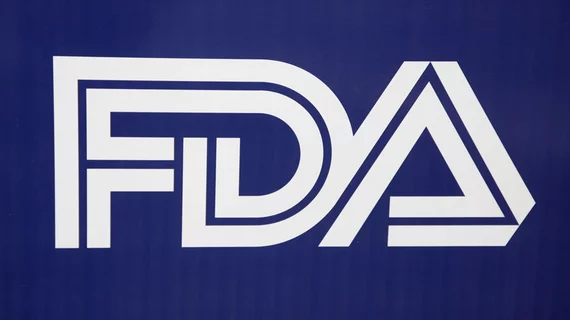The FDA discusses regulation, impact of AI and machine learning-based imaging devices
As artificial intelligence (AI) and machine learning technologies continue to pave their way into the U.S. medical device market, the FDA is continuously challenged with regulating these devices in the most efficient manner possible while also ensuring the highest level of safety and quality.
At the same time, establishing and maintaining confidence in the evolution of AI and machine learning in medical imaging is a challenging, but necessary task that may help healthcare become more patient-centric. Berkman Sahiner, PhD, with the FDA’s DIDSR (Division of Imaging, Diagnostics and Software Reliability) Image Analysis Laboratory discussed this topic at the 2018 SIIM Conference on Machine Intelligence in Medical Imaging Sept. 10 in San Francisco.
To learn more, Health Imaging spoke with an FDA spokeswoman over email about its regulation process for machine learning-based medical imaging devices and applications, how the medical imaging industry may benefit from AI and machine learning technologies and more.
Health Imaging: How have medical imaging devices and applications seeking approval from the FDA evolved since the introduction of AI and machine learning to healthcare?
FDA: The spectrum of applications now more broadly covers radiology imaging modalities such as mammography, ultrasound, magnetic resonance imaging and computed tomography, as well as new applications for multiple target regions around the body. With the approval of whole slide imaging systems for digital pathology, it is expected that this increase in breadth will also follow in pathology applications. There are increasingly innovative applications to assist diagnostic imaging beyond disease detection that include AI to improve the quality of images acquired, prioritize urgent cases for review and improve decision making.
What happens when a medical imaging device is granted “De Novo”? How does this allow for these devices to be predicates for new devices?
De Novo is a regulatory pathway for some low-to-moderate risk devices of a new type for which there is no legally marketed predicate device to which the device can claim substantial equivalence. Devices that are classified through the De Novo process may be marketed and used as predicates for future 510(k) submissions.
What is the current state of the FDA's Software Pre-Certification (Pre-Cert) Program? How long does it take for a medical imaging device company with AI and machine learning-based products to successfully complete the program?
The Software Pre-Certification program is still in the development phase and the details of how long it would take for a company to successfully pass the program are still being determined. We do anticipate using the program to review companies developing AI software products. To further understand the current state of the program, we have provided updates regarding the progress of our pilot, including working models for the pilot. We will continue to share information regarding how we will use the pilot for specific software— including AI.
How can medical imaging benefit from AI and machine learning?
The FDA believes there is potential for AI applications to significantly benefit public health. The FDA sees the interest and expansion to new applications as a promising indication of the future. Earlier devices were mostly aimed at increasing clinicians’ performance, and now we are seeing an evolution towards devices that increase clinicians’ efficiency as well as the quality of images.
In terms of technology, deep convolutional neural networks (DCNNs) have been the focus of most imaging applications in recent years, and medical imaging is no exception. By allowing developers to bypass the “feature engineering” step of algorithm design, DCNNs make it possible to transfer the knowledge gained in one application to another quickly and let the developers focus on other important aspects such as data sets, clinical flow and performance evaluation. With the appropriate level of clinical performance, machine learning may become available to help non-experts perform at expert clinician level in image interpretation—improving access to such services especially in underserved populations and decrease the variability of interpretation.
In terms of regulation, the FDA wants to be at forefront of helping innovative, safe, and effective technologies come to the market. This includes pilot programs to foster early and ongoing engagement with developers to help them understand the FDA’s expectations for supporting evidence.

